 By Christopher Miskimon
By Christopher Miskimon
The village of Monchy-le-Preux sits on a low hill east of Arras. During World War I, this otherwise minor local became a focal point for the hellish fighting of that conflict. Over four years of combat, this area saw extensive fighting on the ground and in the air. On the front line, soldiers manned trenches, hid from artillery fire and mowed down their enemies with machine guns when they dared to attack. Behind the front, planners, logisticians and commanders sought ways to break the stalemate and push the enemy back. It was an ever-evolving challenge to find the tactics and procedures which would allow the Allied armies to push the Germans out of their trenches and it took years to accomplish.
The typical view of World War I on the Western Front is one of loyal and long-suffering soldiers, callous, uncaring generals and fiendishly effective defensive weapons such as the machine gun and poison gas. In this new work, the author takes a relatively unstudied portion of the front line and argues the conduct of soldiers and leaders was much more dynamic than the accepted wisdom. They were much more willing to try new ideas rather than continue conducting useless advances and sit in the mud. The book benefits from a wide range of research and the author’s fresh perspective.
The Road Past Monchy: Fighting the First World War at Arras, 1914-1918 (Terrence Loveridge, Indiana University Press, Bloomington IN, 2024, 401 pp., maps, illustrations, appendix, notes, bibliography, index, $35, HC)

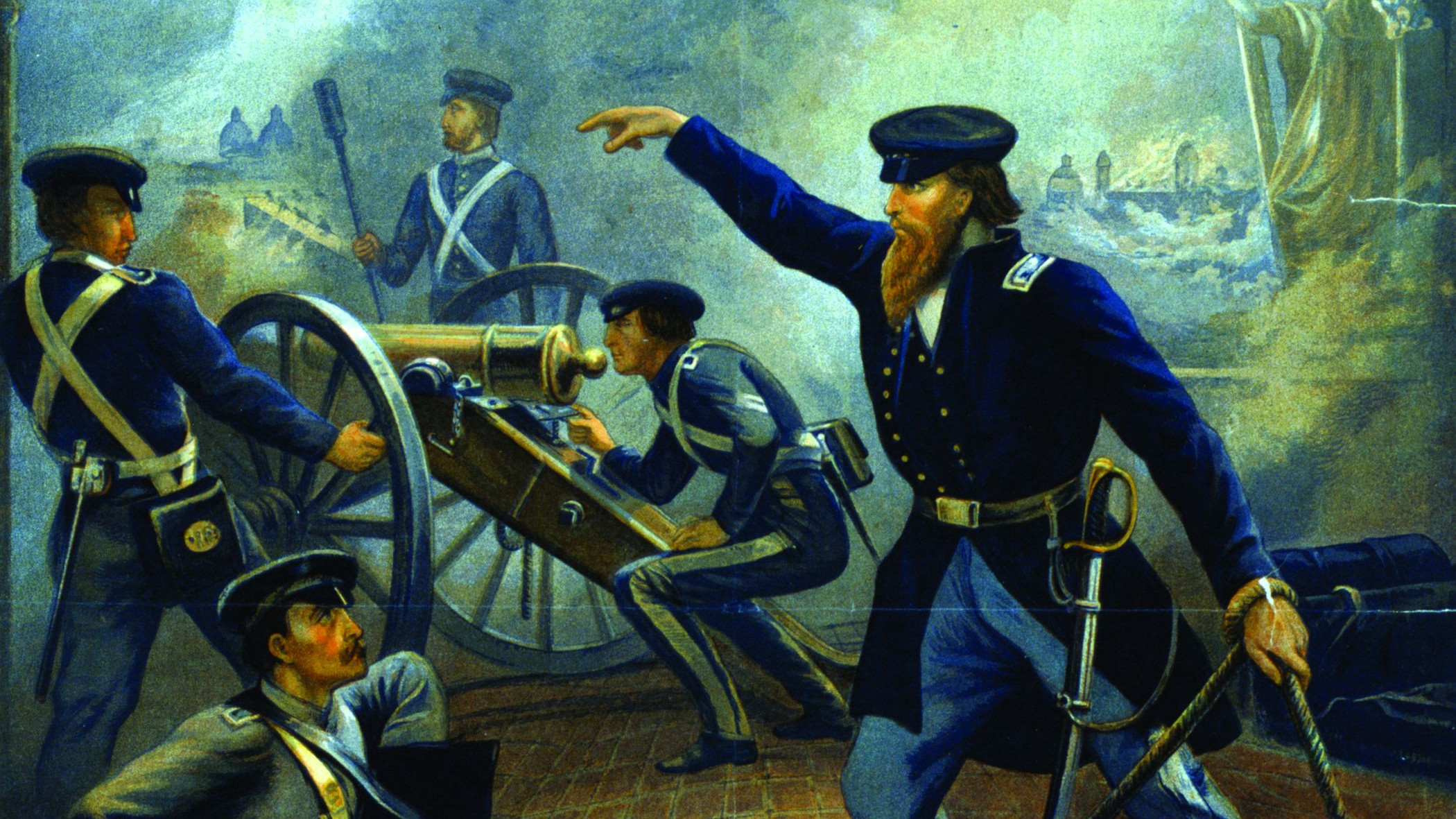

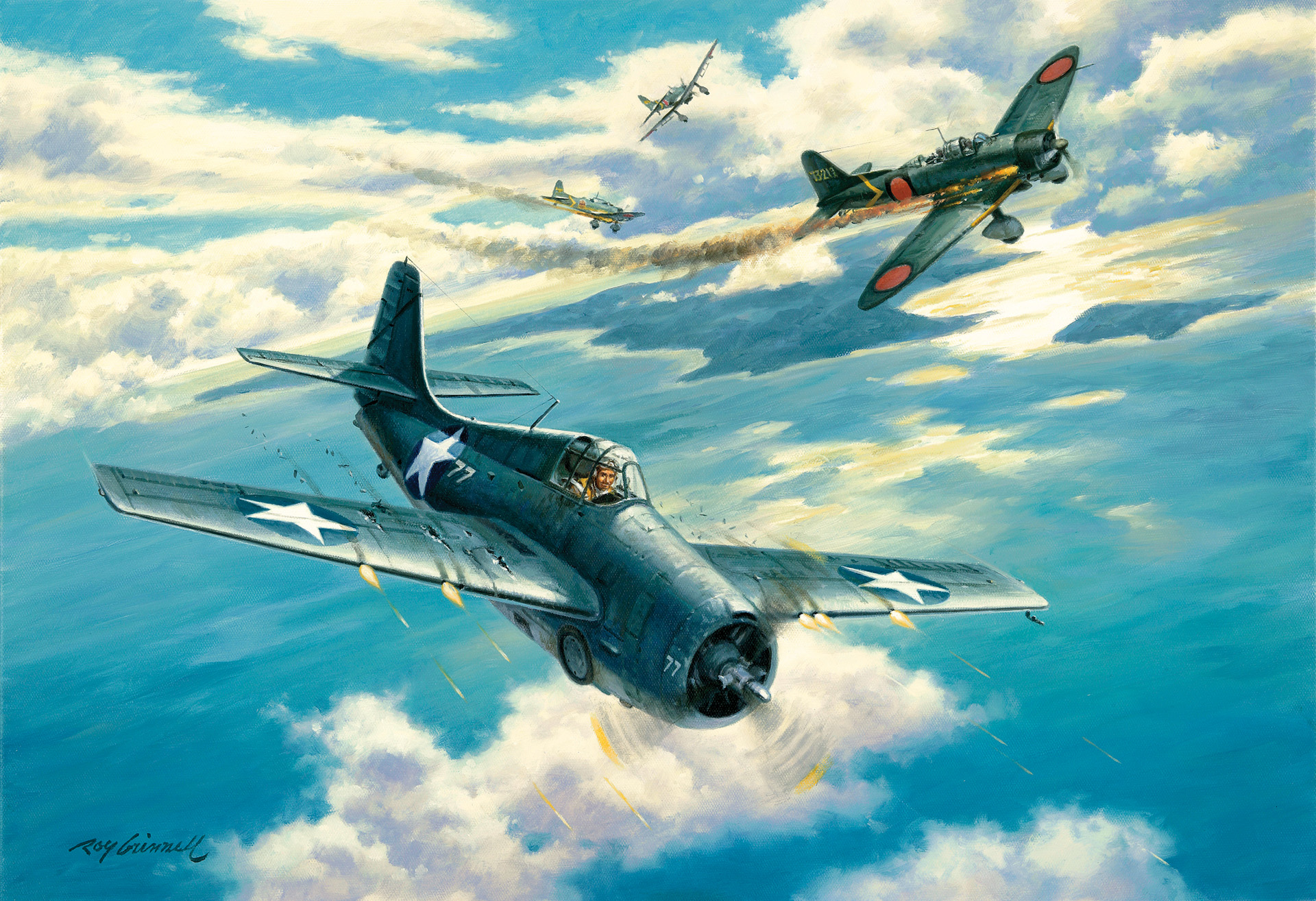
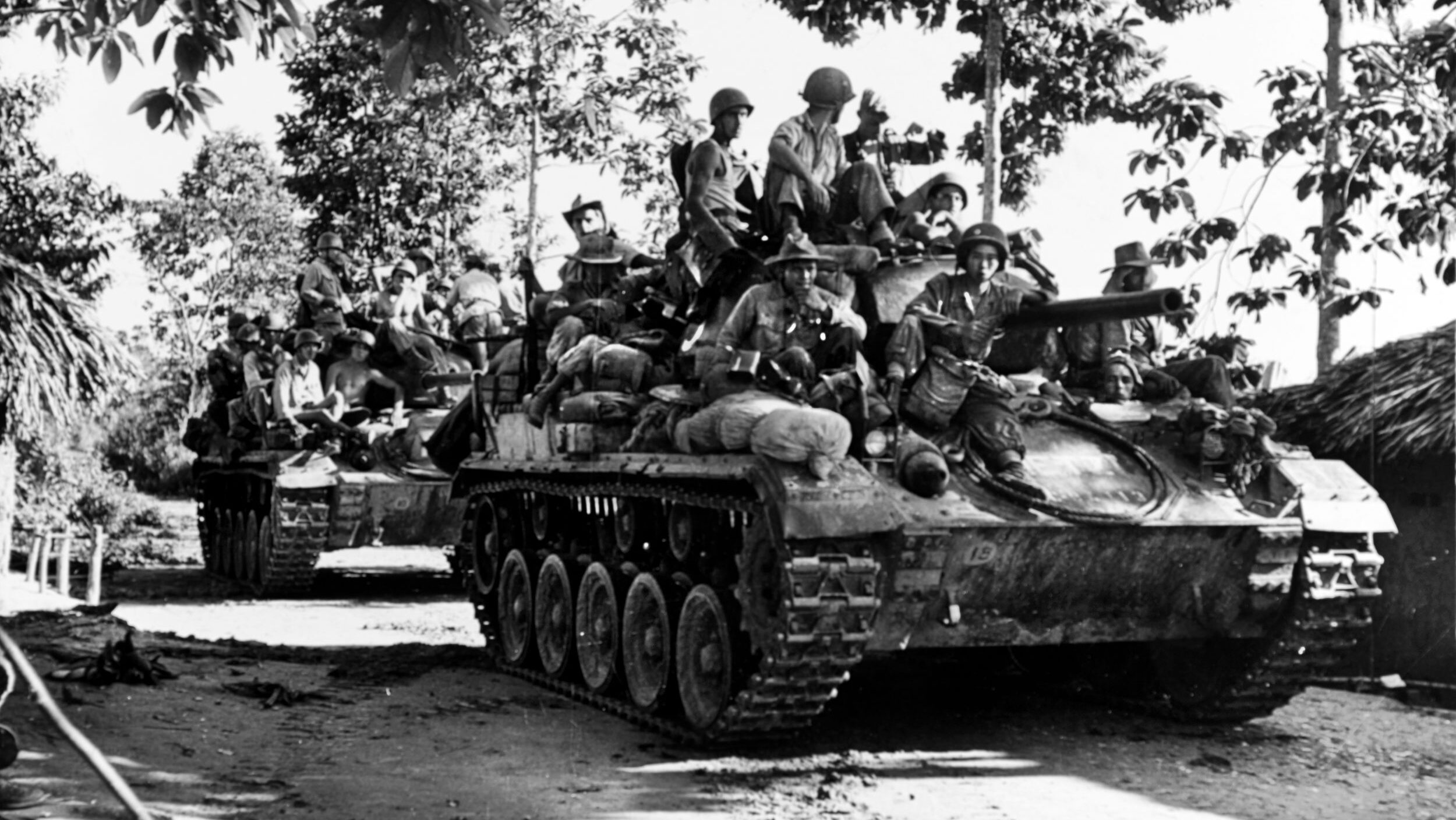
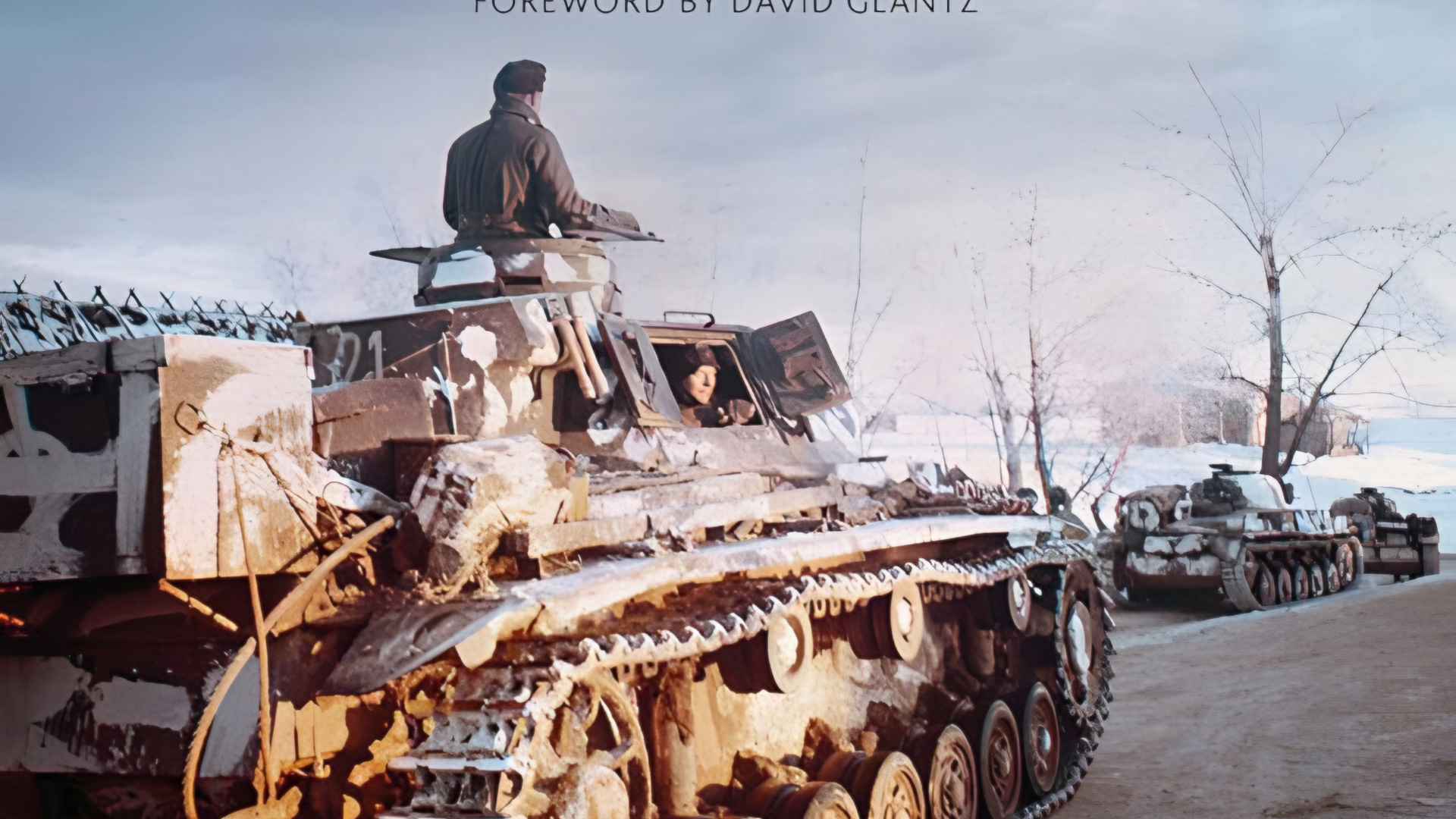
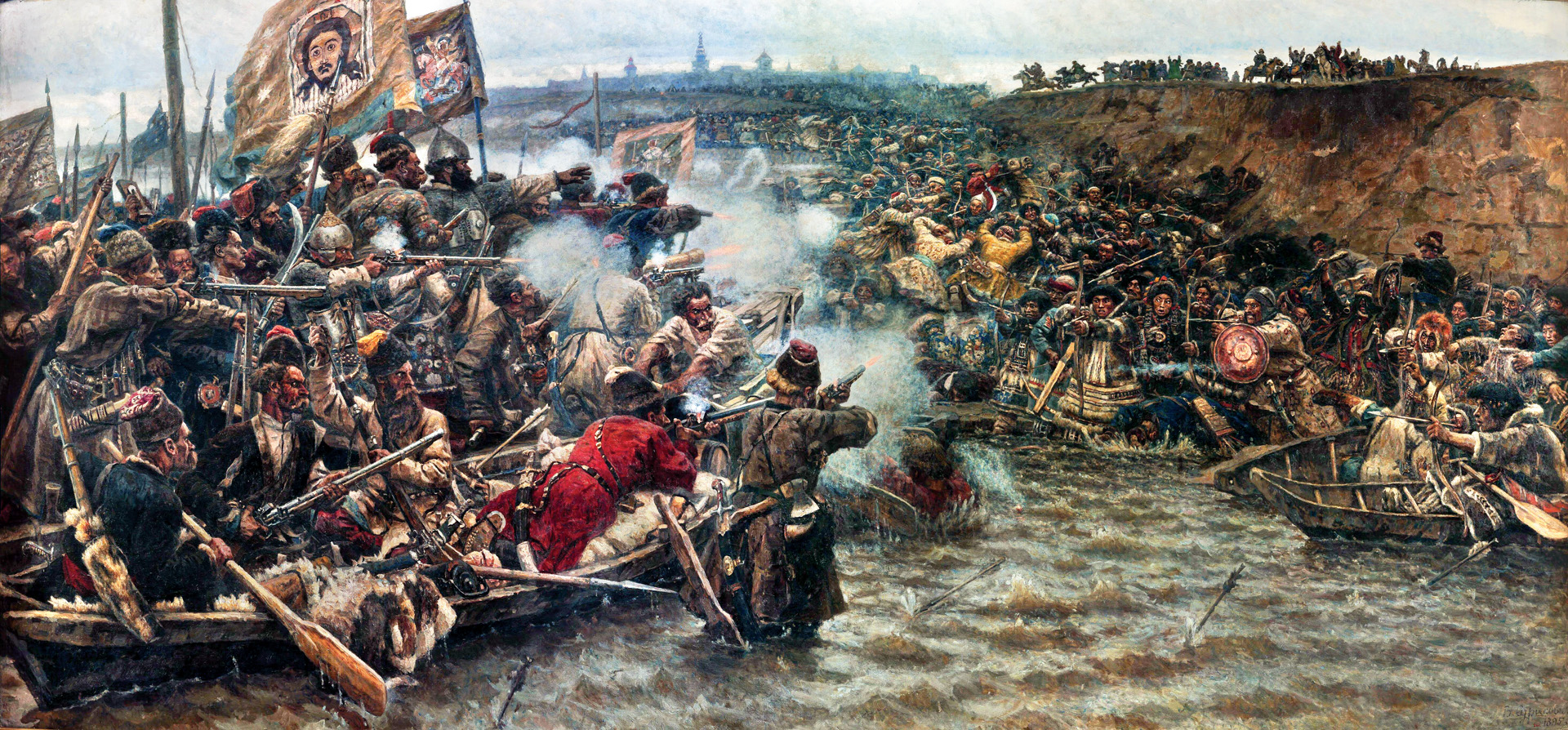
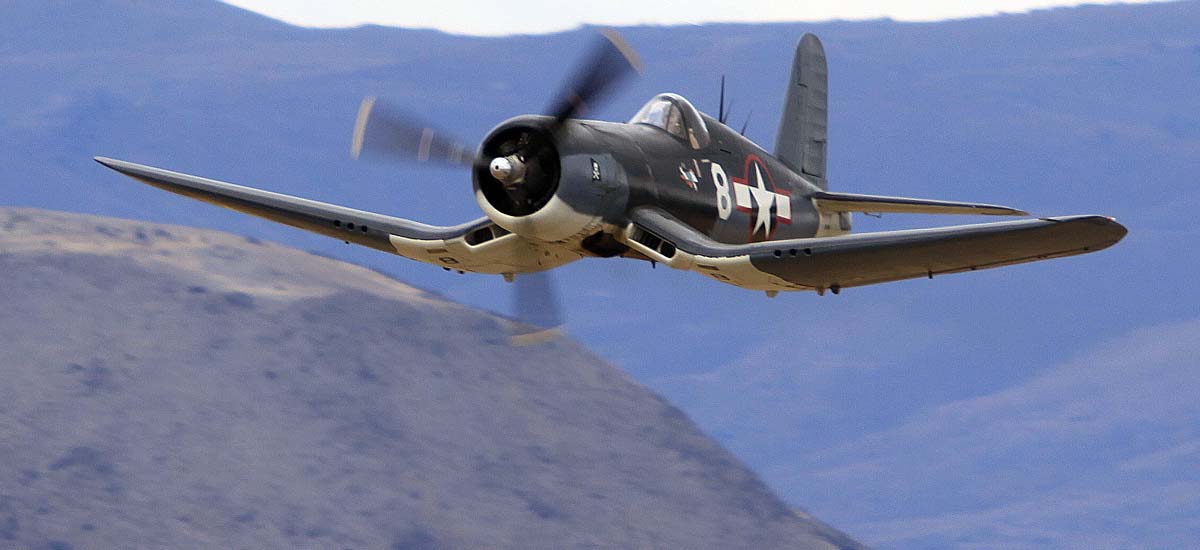
Join The Conversation
Comments
View All Comments